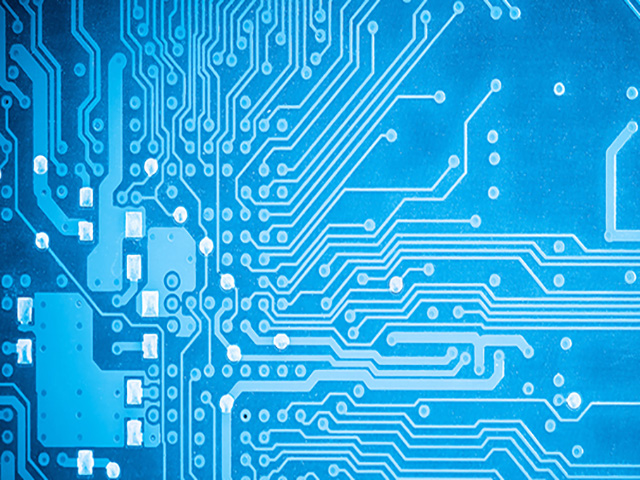In the fast-paced world of electronic devices, the ability to control time and dictate the flow of signals is crucial. Within this speeding digital sphere, delay circuits stand as vital components that help manage the precise timing of various operations, ensuring smooth and efficient functioning across diverse applications. In this intriguing popular science article, we will shed light on delay circuits and their fundamental role in upholding the "master clock" within electronic systems.
An Intricate Dance: Understanding Delay Circuits
Delay circuits are electronic components designed to introduce a specific time interval between input and output signals, effectively delaying the transmission of information. This deliberate disturbance, whether momentary or prolonged, offers a level of control and synchronization critical for maintaining optimal performance in a wide variety of electronic systems.
At their core, delay circuits function as highly regulated gatekeepers, meticulously screening and controlling the traffic of signals flowing through a network of integrated circuits. Comprising primary building blocks, such as resistors, capacitors, and inductors, delay circuits exist in various forms, reflecting the diverse demands and requirements of timing control in electronics.
Types of Delay Circuits: Analog and Digital
Delay circuits broadly fall into two categories: analog and digital. As their names suggest, analog delay circuits manage continuously variable signals, while digital delay circuits manipulate signals encoded in binary form, composed of sequences of bits. Let's explore these configurations further:
1. Analog Delay Circuits: A typical analog delay circuit employs passive elements such as resistors and capacitors to create an intentional lag in signal transmission. The iconic RC (resistor-capacitor) delay circuit is a prime example, where the resistor limits the current flow, and the capacitor introduces a delay by storing energy as a voltage that gradually increases or decreases over time.
2. Digital Delay Circuits: Digital delay circuits, on the other hand, typically rely on integrated circuits like shift registers, memory devices, or programmable controllers to manipulate binary-encoded signals. One such delay element is the flip-flop, a fundamental building block in digital electronics capable of holding a single bit of information. By connecting flip-flops in a cascading fashion, a time-delayed output can be produced in the form of a series of bits.
The Practicality of Delay Circuits: Applications and Significance
Across numerous applications, delay circuits play a vital role in ensuring that system components are triggered or performed at the correct times. Here, we explore some practical instances where delay circuits contribute to smooth and efficient electronic operations:
1. Audio Processing: In the realm of sound engineering, delay circuits are employed to process audio signals, creating a wide array of sound effects such as echo, chorus, and flanging. By capturing and holding pieces of the audio waveform and releasing them after a specific time interval, these circuits enhance audio experiences in music recording and playback, live performances, and more.
2. Digital Signal Processing (DSP): In DSP applications, delay circuits are indispensable in buffering digital data and streamlining operations such as image processing, high-speed data transmission, and digital filters. The precision and control afforded by delay circuits stand as integral components that help ensure that data manipulation in the digital domain remains error-free and well-coordinated.
3. Embedded Systems: Microcontrollers, various sensors, and actuators in embedded systems often require precise timing intervals to synchronize their functions and communicate coherently. Delay circuits facilitate this level of control, providingadequate delays and ensuring seamless interplay between the different aspects of these systems.
4. Telecommunications: In the telecommunications industry, delay circuits provide essential timing control, allowing for accurate signal transmission, reception, and processing in various applications, such as fiber-optic communication systems and network routers. By managing time intervals and ensuring information travels efficiently and systematically, delay circuits underpin the reliability of modern communication frameworks.
5. Power Electronics: In power electronics, which involve the conversion and control of electrical energy in devices such as inverters, transformers, and motor drives, delay circuits play a pivotal role in switching operation timing. This helps prevent short circuits and other operational issues, contributing to increased safety and improved device efficiency.
In the end, delay circuits stand as the often unseen but essential architects of the modern electronic world, carefully orchestrating timing and ensuring the seamless and harmonious dance of signals within every device. Through precision and control, delay circuits provide the essential foundation upon which timing-sensitive applications and technologies rely, granting us the power to create, communicate and innovate in an ever-evolving digital landscape.
We are the professional distributor of electronic components, providing a large variety of products to save you a lot of time, effort, and cost with our efficient self-customized service. careful order preparation fast delivery service。

